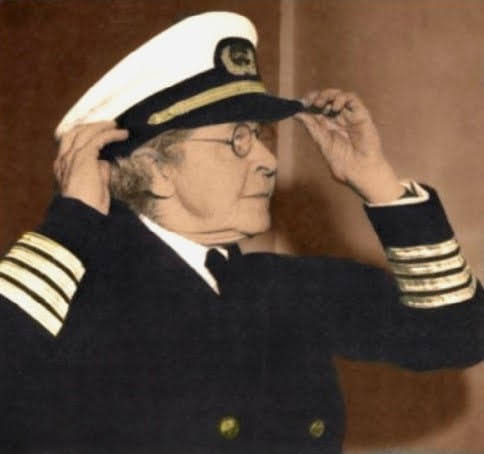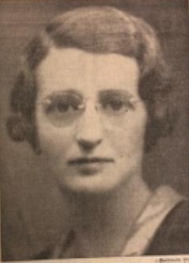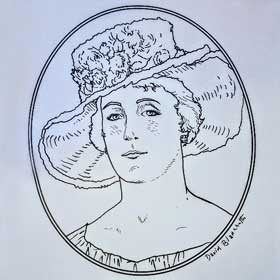Emma Louise Piper (1845-1915) was the first African American teacher in Cambridge, MD after the Civil War. Emma was one of 41 New Bedford men and women, both Black and White, who participated in the efforts to educate the newly freed people. In 2012, a portrait of Emma Piper was presented by her New Bedford family members and installed on the walls of the Rock School, one of the oldest Black schools in Maryland, as a tribute to Emma and the many women who traveled south to teach and assist the freedmen to transition to a life of freedom.
Emma Louise Piper (1845-1915) was the first African American teacher in Cambridge, MD after the Civil War and national Emancipation. Emma was one of the many women of color who left relatively safe lives in northern cities to travel south to teach the newly emancipated freedmen.
Emma Piper was born and raised in New Bedford by African American freedom seekers who escaped enslavement in Alexandria, VA and made New Bedford their home in freedom. She was the daughter of Robert and Alexine Piper and granddaughter of William and Amelia Piper, Underground Railroad conductors who assisted in delivering packages, as fugitives were often called, from the south to northern cities that offered them freedom. Emma was the third generation of a family of African American abolitionists who fought against slavery. As anti-slavery activists across the state and the nation, they worked for the liberation of African Americans and an end to slavery.
Emma was one of 41 New Bedford men and women, both Black and White, who participated in the efforts to educate the newly freed people at the end of the Civil War. New Bedford sent one of the largest contingents of educators who volunteered to teach freedmen after the war. In 1866 Emma enrolled in the Freedmen’s Bureau to be assigned a teaching position in the south with the formerly enslaved. The Freedmen’s Bureau was a federal agency set up during Reconstruction to assist the formerly enslaved in the areas of education, healthcare, and employment. Emma was 22 years old when she received an assignment to teach at the Rock School in Cambridge, MD. Emma’s work and that of many of the men and women who answered the call to teach the freedmen was terribly important to the future well-being of the emancipated people who had been left deliberately uneducated by state law across the southern states. These educators held the firm belief that education would be the tool that would allow Black southerners to earn their own wages and support themselves and their families.
Emma taught in a one-room schoolhouse from 1867-70 in the Rock School, one of the oldest Black schools in Maryland. The Rock School, which served the Black community until 1966, was recently restored by the Stanley Institute and is now on the National Register of Historic Places. In 2012, a portrait of Emma Piper was presented by her New Bedford family members and installed on the walls of the schoolhouse as a tribute to Emma and the many women who traveled south to teach and assist the freedmen to transition to a life of freedom. While teaching in Maryland, Emma met her future husband, James Turner, a tobacco farmer and one of the adult students in her class. He left the south in 1870 to marry Emma and raise a family in New Bedford.
Emma’s story is a remarkable example of “found history” as the historians at the Rock School had no idea who the first teacher was and that she was an African American woman. It was through the current networks of historians and African American preservationists that Emma’s identity and history was shared.
Lee Blake, New Bedford Historical Society
Information from
-
Butchart, Ronald E. Schooling the Freed People: Teaching, Learning, and the Struggle for Black Freedom, 1861-1876. U of North Carolina P, 2010.
-
New England Freedmen’s Bureau
-
Williams, Heather Andrea. Self-taught: African American Education in Slavery and Freedom. U of North Carolina P, 2005.
![[Emma Louise Piper], c. 19th century, Photograph, Courtesy of the Blake Family Collection Photograph of Emma Louise Piper - looking straight at the camera, she has a black dress with her hair pulled back in a braid](https://historicwomensouthcoast.org/wp-content/uploads/2019/06/Emma-Louise-Piper-320x320.jpg)




